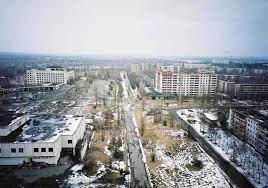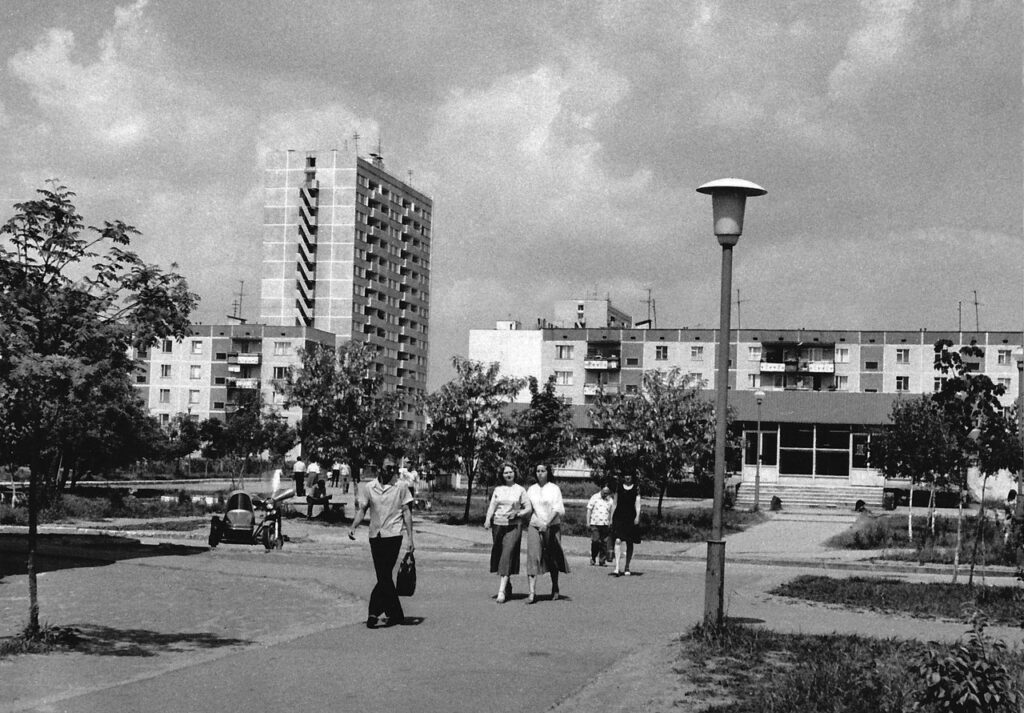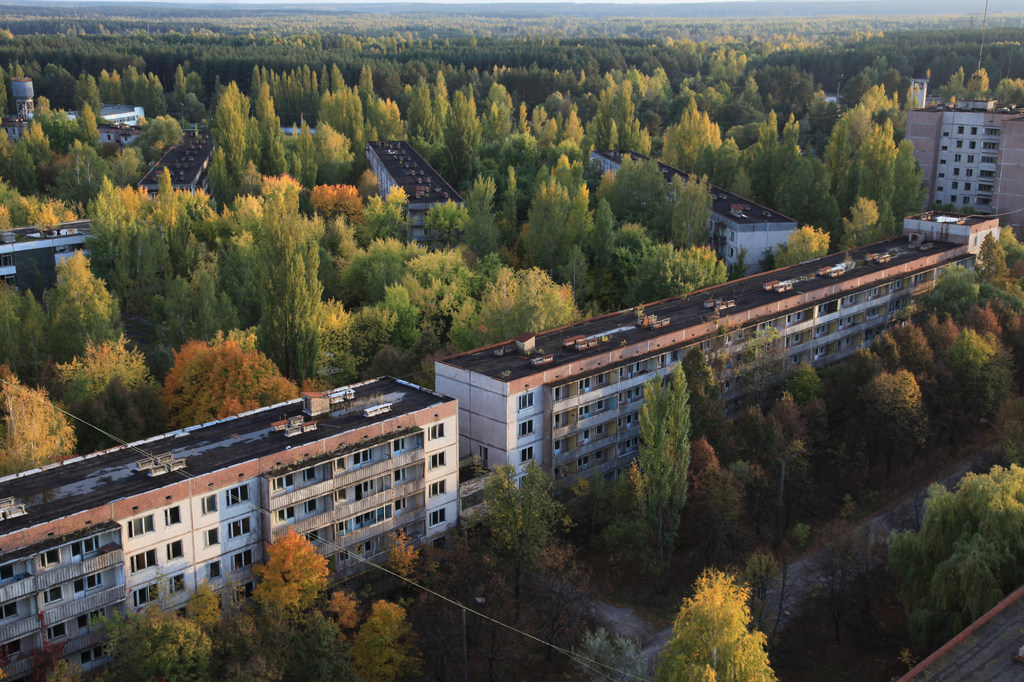
Place: Chornobyl (Chernobyl Exclusion Zone)
Location: Chornobyl, Kyiv Oblast, Ukraine
Phone: N/A
Hours: Guided tours operate daily, but access is restricted and requires a permit.
Admission: Prices vary based on tour providers, starting around $100+ per person.
Website: Various tour operators provide access, such as Chernobyl Tour.
Nestled near the infamous Chornobyl Nuclear Power Plant, Pripyat, Ukraine, is a place shrouded in history, tragedy, and a haunting silence that echoes through its empty streets.
Abandoned in the aftermath of the catastrophic 1986 nuclear disaster, this once-thriving city now stands frozen in time, forever marked by its radioactive and desolate atmosphere.
A City Frozen in Time

In the days leading up to April 26, 1986, Pripyat was a bustling, vibrant city. It was a young city, founded in 1970 to house the plant’s workers and their families.
Its streets were lined with modern apartment buildings, schools, amusement parks, and a sense of optimism that comes with newly built communities.
However, that optimism was shattered in an instant when Reactor No. 4 at the Chornobyl Nuclear Power Plant exploded, releasing a catastrophic amount of radiation into the atmosphere.
Pripyat’s fate was sealed, and its residents were forced to evacuate hastily, leaving behind their homes, possessions, and dreams.
A Radioactive Legacy
The legacy of the Chornobyl disaster still hangs heavy over Pripyat. The city and its surroundings are so contaminated with radiation that it’s estimated it will take thousands of years for the land to return to a state safe for human habitation.
The eerie remnants of daily life in Pripyat serve as a poignant reminder of the human cost of nuclear catastrophe.
Exploring the Ghost Town

Today, Pripyat stands as a ghost town frozen in time. Its decaying buildings, rusting Ferris wheels, and overgrown streets are a testament to the unstoppable force of nature reclaiming its territory.
The silence in Pripyat is broken only by the distant hum of Geiger counters measuring radiation levels and the whispers of visitors, who come from around the world to witness this post-apocalyptic scene.
Q&A related to Pripyat and the Chernobyl Exclusion Zone.
Q1: What caused the Chernobyl disaster in 1986?
A1: The Chernobyl disaster was caused by a combination of factors, including a flawed reactor design and operator errors during a safety test. These factors led to a massive explosion and the release of a significant amount of radioactive material.
Q2: Is it safe for tourists to visit Pripyat and the Chernobyl Exclusion Zone?
A2: Tourist visits to Pripyat and the Chernobyl Exclusion Zone are generally considered safe as long as visitors follow strict safety regulations and guidelines provided by tour operators. Radiation levels vary throughout the zone, so it’s essential to stay within designated areas and follow safety precautions.
Q3: Are there any guided tours available for visiting Pripyat?
A3: Yes, there are guided tours available for visiting Pripyat and the Chernobyl Exclusion Zone. These tours are led by experienced guides who are knowledgeable about the history and safety measures in the area. They provide valuable insights into the Chernobyl disaster and the current state of the zone.
Q4: What are some of the most notable attractions in Pripyat for tourists?
A4: Pripyat offers several attractions for tourists, including the iconic abandoned Ferris wheel, the Pripyat amusement park, the Palace of Culture “Energetik,” and the ghostly apartment buildings. Each of these sites tells a unique story about the city’s history and its sudden abandonment.
Q5: Are there any efforts to mitigate the long-term radiation effects in the Chernobyl Exclusion Zone?
A5: Yes, there are ongoing efforts to mitigate the long-term radiation effects in the Chernobyl Exclusion Zone. These efforts include the construction of the “Chernobyl Shelter” (sarcophagus) to contain the damaged Reactor No. 4 and monitoring of radiation levels. Scientists and researchers also continue to study the zone’s environmental impact.
Q6: How has wildlife adapted to the radiation in the Chernobyl Exclusion Zone?
A6: Wildlife in the Chernobyl Exclusion Zone has shown a degree of adaptation to the radiation. Some species have developed higher radiation tolerance, and there is evidence of increased biodiversity in the absence of human activity. However, the long-term effects of radiation on these animals are still a subject of ongoing scientific study.








1 Response
[…] Pripyat, Ukraine: The Haunting Ghost Town of Chornobyl […]